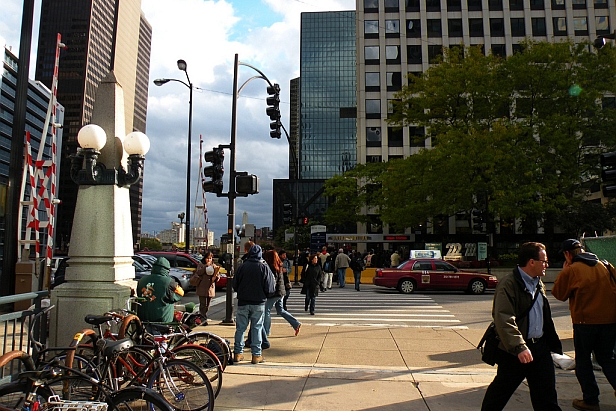David Brooks writes about the ’60s and ’70s crime wave that scared a generation of Americans–or a generation of white, mobile Americans–away from urban living:
[P]eople in all classes lived in fear. “Mugging was nothing unusual. Everybody got mugged,” [John] Podhoretz writes. A serial killer nicknamed Charlie Chop-Off menaced the Upper West Side, emasculating little boys and then killing them, and such was the general disorder that his crimes were barely mentioned in the city’s newspapers.
Many of the people living in cities during that era moved to the suburbs and bought cars (or second cars). Crime has since dropped off, but the psychological understanding of cities as hotbeds of crime and decay remains among Baby Boomers.
For those who see cities as key testing grounds for sustainable living, the good news is that today’s young adults don’t share the same fear. A recent Brookings study found young whites moving into urban centers in record numbers. Harvard Business Review recently advised businesses to consider moving into cities if they want to attract bright young workers of any race.
The challenge is that Boomers still fill the ranks of policymakers and power brokers, and during their formative years, American cities were floundering. How do we make Congress—where the median age is 58—able to see the potential gains of reinvesting in cities?


